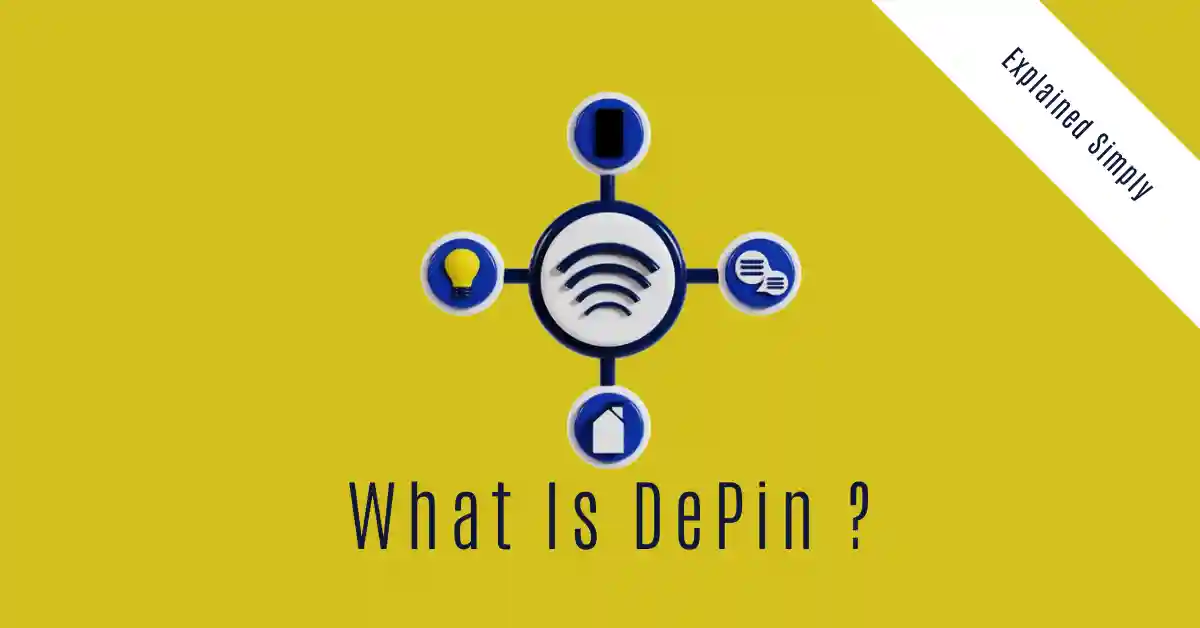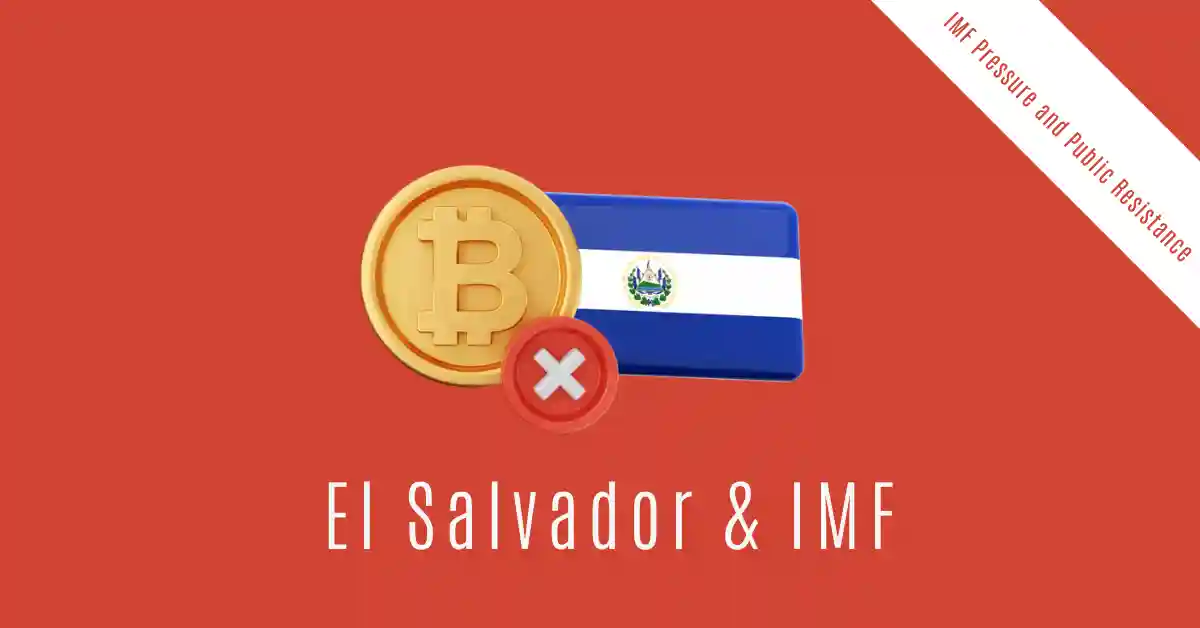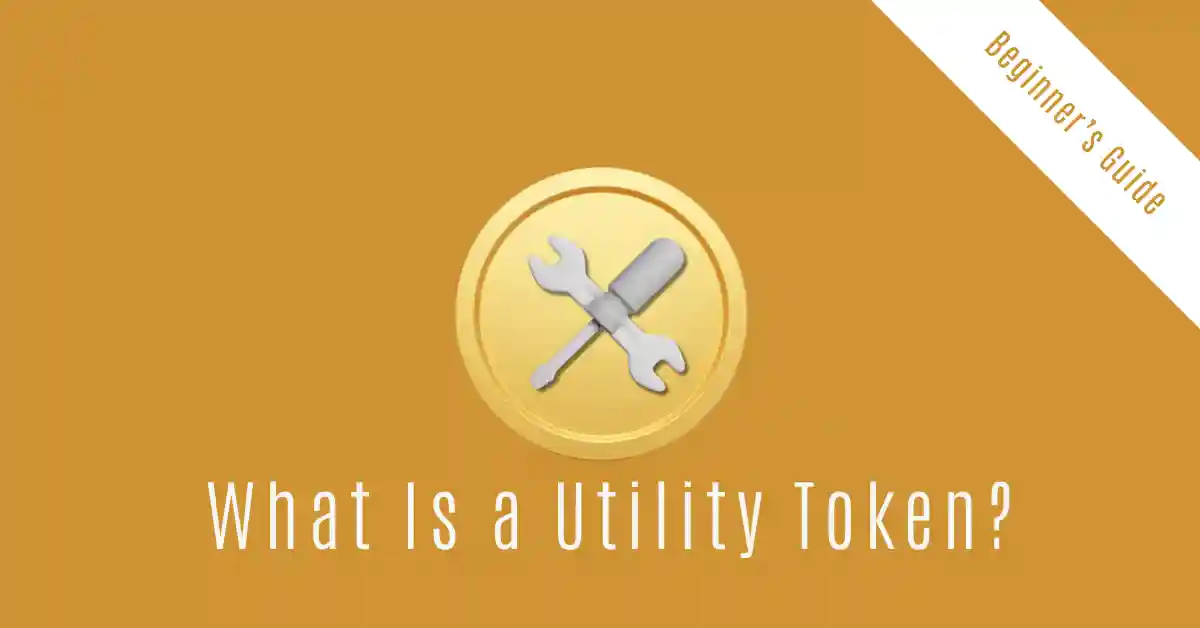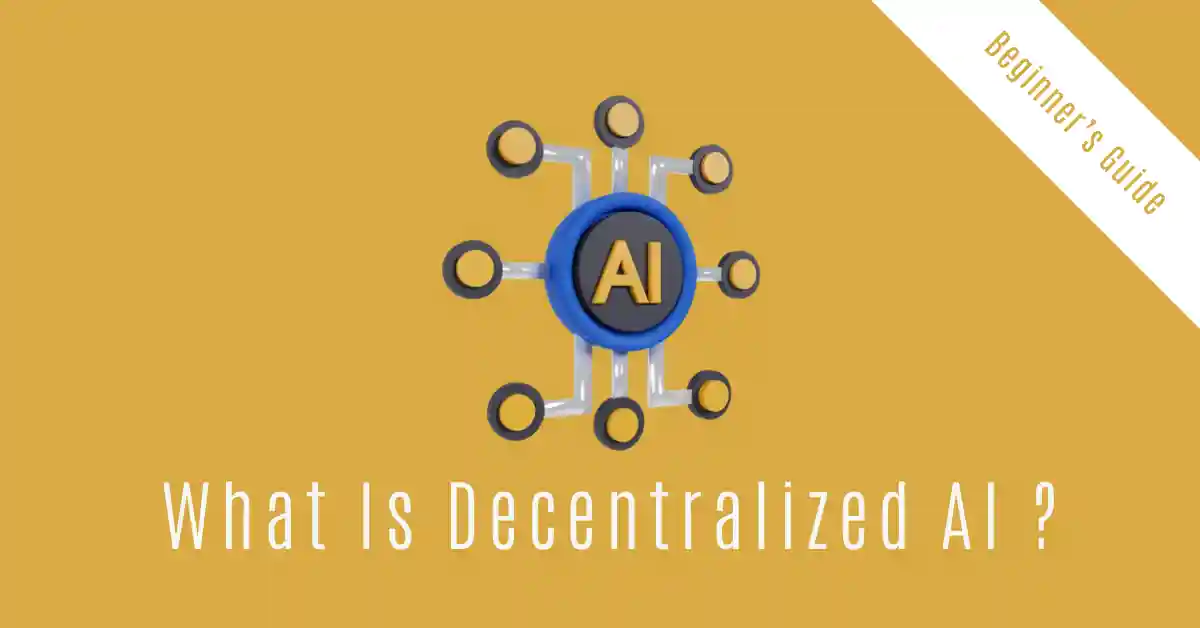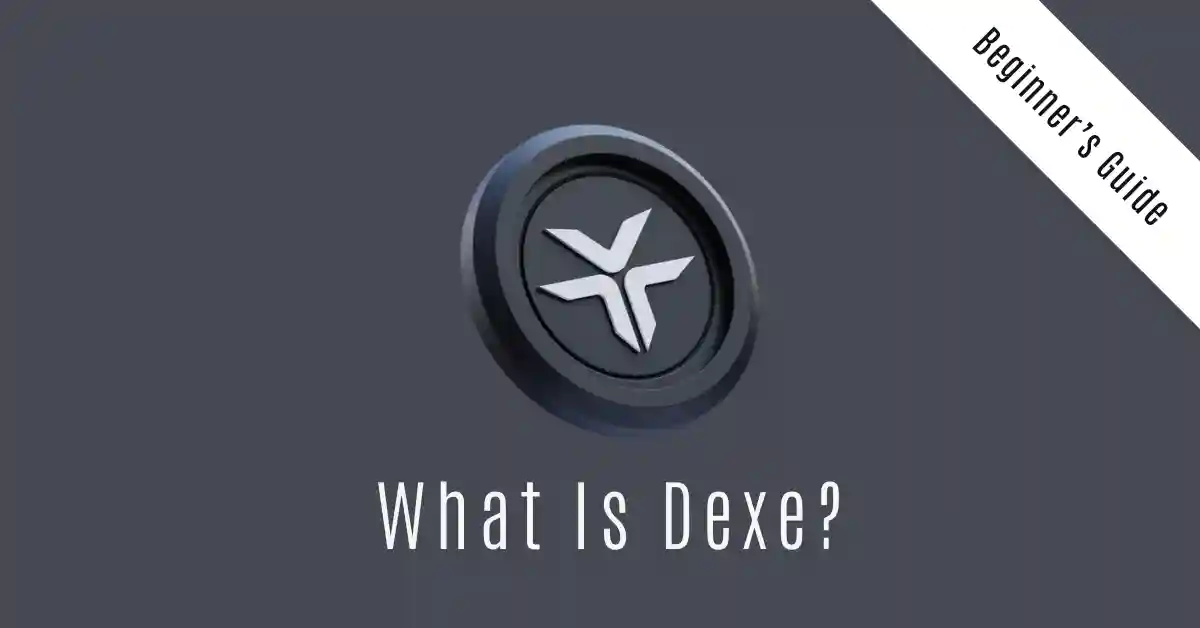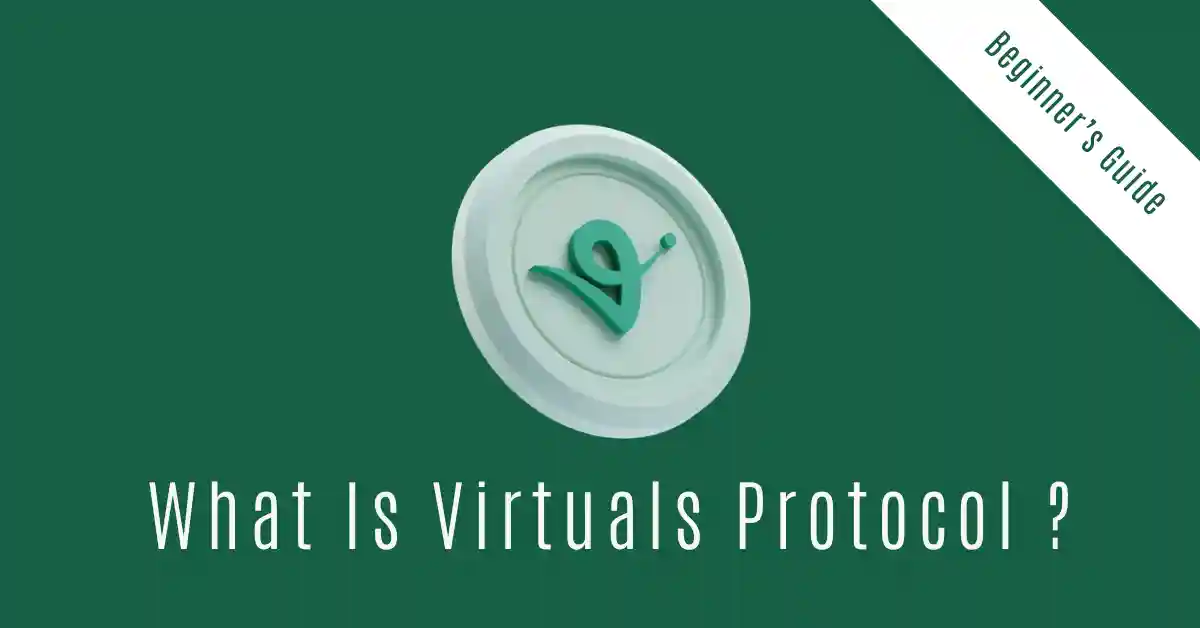
From virtual real estate in the metaverse to AI-powered digital twins, the demand for managing virtual assets is exploding. But how do you securely own, trade, and govern these digital items across fragmented platforms? Enter Virtuals Protocol—a decentralized infrastructure designed to unify virtual asset management on the blockchain.
In this guide, we’ll demystify Virtuals Protocol, explore its role in Web3 ecosystems, and reveal how it’s reshaping industries like gaming, real estate, and IoT.
What Is Virtuals Protocol?
Virtuals Protocol is a blockchain-based framework that enables the creation, management, and interoperability of virtual assets—digital items like NFTs, metaverse land, IoT data streams, and AI models. It acts as a decentralized "operating system" for virtual economies, combining smart contracts, oracles, and cross-chain bridges to ensure seamless asset control.
Key Features:
-
Decentralized Ownership: Users truly own assets via non-custodial wallets.
-
Interoperability: Move assets across blockchains (Ethereum, Solana, etc.) and platforms.
-
Governance: DAO-driven policies for asset standards and upgrades.
-
Security: Zero-knowledge proofs (ZKPs) and multi-sig vaults.
How Virtuals Protocol Works: A Technical Breakdown
1. Asset Tokenization
Virtual assets are minted as tokens (NFTs or fungible) using standards like ERC-721, SPL, or Virtuals’ proprietary VRC-20. Metadata (e.g., 3D model files, usage rights) is stored on IPFS or Arweave.
2. Decentralized Identity (DID)
Each asset is linked to a DID (Decentralized Identifier), ensuring verifiable ownership and provenance. DIDs resolve conflicts in multi-chain environments.
3. Oracles and Data Feeds
Virtuals integrates oracles like Chainlink to pull real-world data (e.g., IoT sensor inputs, market prices) into smart contracts.
Example: A virtual factory’s digital twin adjusts production based on real-time supply chain data.
4. Cross-Chain Bridges
Assets move between blockchains via trustless bridges (e.g., Polkadot’s XCM, Cosmos IBC). Virtuals’ bridge supports Ethereum, Solana, and Binance Smart Chain.
5. Governance DAO
Token holders vote on protocol upgrades, fee structures, and asset standards.
Virtuals Protocol vs. Traditional Virtual Asset Management
| Factor | Traditional Systems | Virtuals Protocol |
|---|---|---|
| Ownership | Centralized platforms (e.g., Meta, Roblox) | User-controlled via private keys |
| Interoperability | Siloed ecosystems (no cross-platform use) | Assets usable across metaverses, games |
| Fees | High platform commissions (up to 30%) | Low gas fees (~$0.01 per transaction) |
| Censorship | Assets can be frozen or deleted | Immutable, user-governed |
| Innovation | Slow, corporate-driven updates | Community-proposed upgrades via DAO |
Top 5 Use Cases for Virtuals Protocol
1. Metaverse Real Estate
-
Problem: Virtual land in Decentraland or Sandbox is locked to their platforms.
-
Solution: Virtuals tokenizes land as portable NFTs, usable across metaverses.
2. Gaming Assets
-
Problem: Skins/items in Fortnite can’t be sold or used elsewhere.
-
Solution: Games like Star Atlas use Virtuals to make items tradable on OpenSea.
3. Digital Twins
-
Problem: Industrial digital twins (e.g., factory models) rely on centralized clouds.
-
Solution: Tokenize twins on Virtuals for secure, auditable IoT integration.
4. AI Model Licensing
-
Problem: AI developers struggle to monetize models securely.
-
Solution: License NLP/ML models as NFTs with usage terms embedded in smart contracts.
5. Fashion & NFTs
-
Problem: Digital wearables (e.g., RTFKT sneakers) are platform-specific.
-
Solution: Brands like Nike use Virtuals to make wearables interoperable.
Benefits of Virtuals Protocol
-
True Ownership: No platform can revoke or freeze your assets.
-
Global Liquidity: Trade assets 24/7 on decentralized markets.
-
Cost Efficiency: Cut middlemen fees by 90%+ via automation.
-
Future-Proof: Adaptable to new blockchains and tech (quantum-resistant encryption in roadmap).
Challenges and Risks
-
Regulatory Uncertainty: Are virtual assets commodities, securities, or property?
-
Scalability: Managing millions of assets in real-time strains blockchains.
-
User Experience: Non-tech users struggle with wallets and gas fees.
-
Security: Cross-chain bridges are hacker targets (e.g., $600M Poly Network exploit).
The Future of Virtuals Protocol
1. Enterprise Adoption
Microsoft and Siemens are piloting Virtuals for industrial digital twins.
2. AI Integration
Generative AI tools will let users create assets (e.g., 3D models) directly on-chain.
3. DeFi Integration
Borrow against virtual assets via protocols like Aave.
4. Regulatory Sandboxes
The EU’s MiCA framework may recognize virtual assets as a distinct class by 2025.
FAQs
1. How is Virtuals Protocol different from Chainlink?
Chainlink focuses on data feeds; Virtuals handles asset creation, ownership, and cross-chain movement.
2. Can I use Virtuals Protocol without coding skills?
Yes. Platforms like Spatial and Somnium Space offer no-code Virtuals integration.
3. Are virtual assets taxed?
Yes. The IRS treats them as property—sales trigger capital gains taxes.
4. What blockchains does Virtuals support?
Ethereum, Solana, BNB Chain, and Polkadot, with Avalanche and Cosmos in development.
5. How secure are assets on Virtuals Protocol?
Assets use ZKPs and multi-sig vaults. However, users must protect private keys.
6. Can I tokenize physical assets with Virtuals?
Indirectly. Use IoT sensors to create digital twins of physical items (e.g., a tokenized car engine).
7. What’s the role of DAOs in Virtuals?
DAOs govern asset standards, treasury funds, and protocol upgrades.
8. How do I earn with Virtuals Protocol?
-
Rent virtual land/items.
-
Stake governance tokens.
-
Create and sell AI models/NFTs.
Conclusion
Virtuals Protocol is redefining how we interact with digital value—turning static virtual assets into dynamic, cross-chain tools for gaming, commerce, and industry. While challenges like regulation and scalability persist, its decentralized framework offers a blueprint for a more open and user-owned internet.



